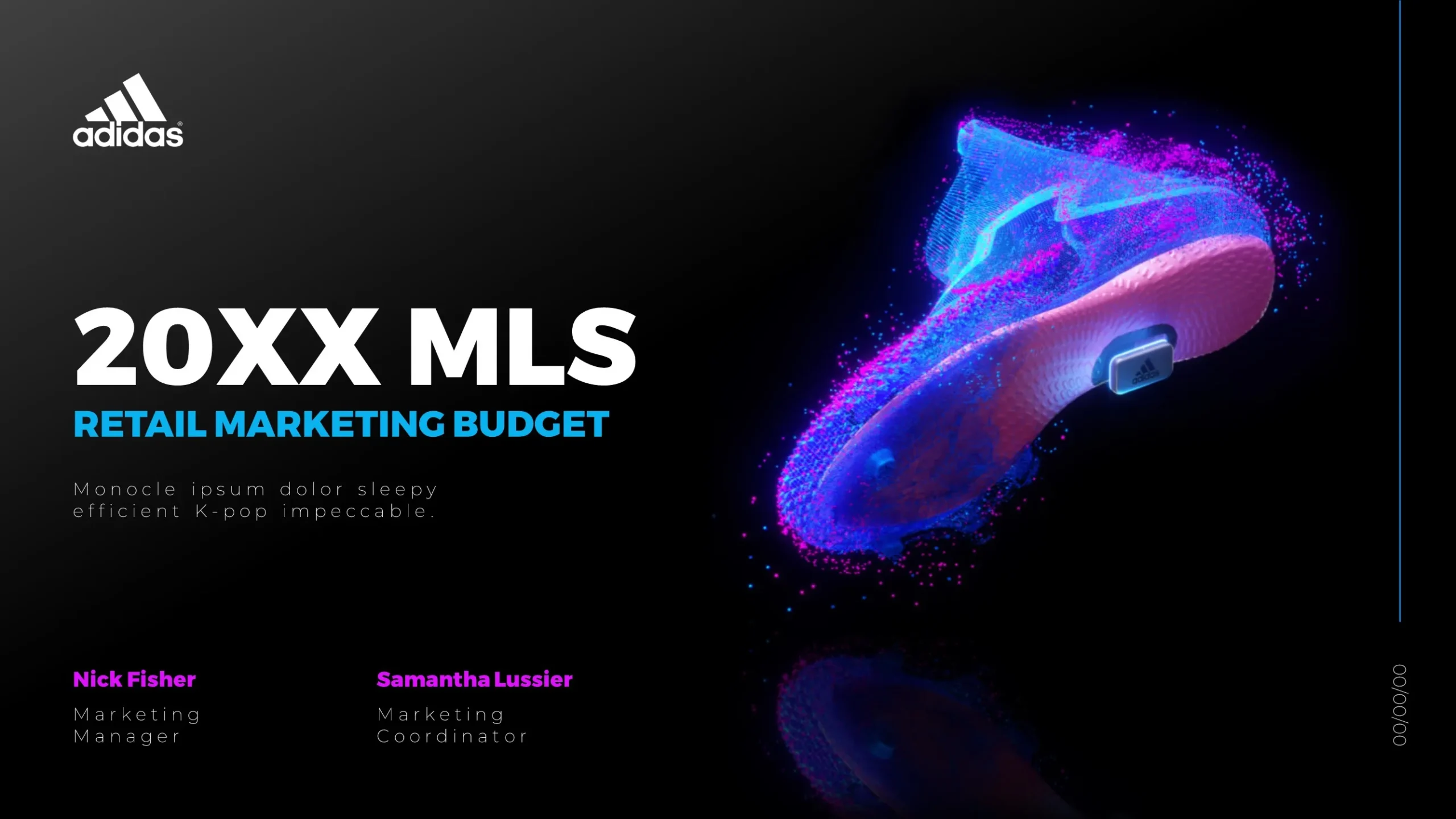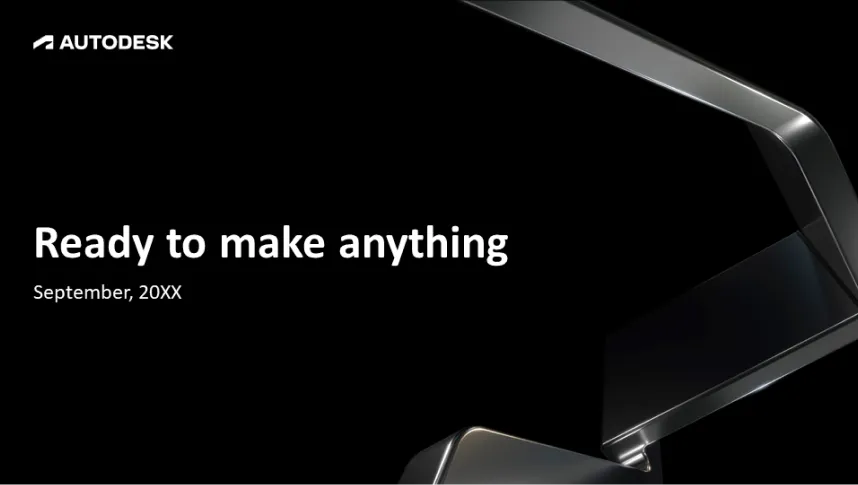Creating a scientific poster presentation that is both informative and engaging can be a challenging task. Here are some creative and effective ideas that you can use:
1. Use Visual Hierarchy
Visual hierarchy is a key design principle that can help guide your audience’s eyes to the most important information first. Use varying sizes of fonts and images, contrasting colours, and strategic placement to create a flow. The title, key findings, and conclusions should be the most prominent elements.
2. Incorporate Infographics
Infographics are a great way to simplify complex data and make it more understandable. They can be used to represent statistics, experimental processes, or timelines in a visually attractive way. Be sure to use colours and icons that are relevant to the content.
3. Use a Clear and Consistent Layout
The layout of your poster should be logical and consistent. Usually, it’s best to arrange the content in columns and use lines, borders, or different background colours to separate different sections. This makes it easier for the audience to follow the flow of information.
4. High-Quality Images and Graphics
High-quality images and graphics can add value to your presentation. Whether it’s a photograph of your experiment, a diagram explaining a concept, or a graph representing data, make sure the images are clear, relevant, and properly credited if necessary.
5. Be Concise and Clear
Use bullet points, short sentences, and clear headings to make your content easy to read. Avoid jargon and overly technical language. Remember, your goal is to communicate your findings effectively, not to overwhelm your audience with complex vocabulary.
6. Interactive Elements
If possible, add interactive elements to your poster such as QR codes, a touch screen display, or even augmented reality elements. This not only makes your poster more interesting but also allows you to include more information without making the poster look cluttered.
Remember, every scientific poster presentation should be tailored to its audience. What works for a general audience might not work for a group of experts in your field, and vice versa. Always keep your audience in mind when designing your poster.
View Our Presentation Portfolio










